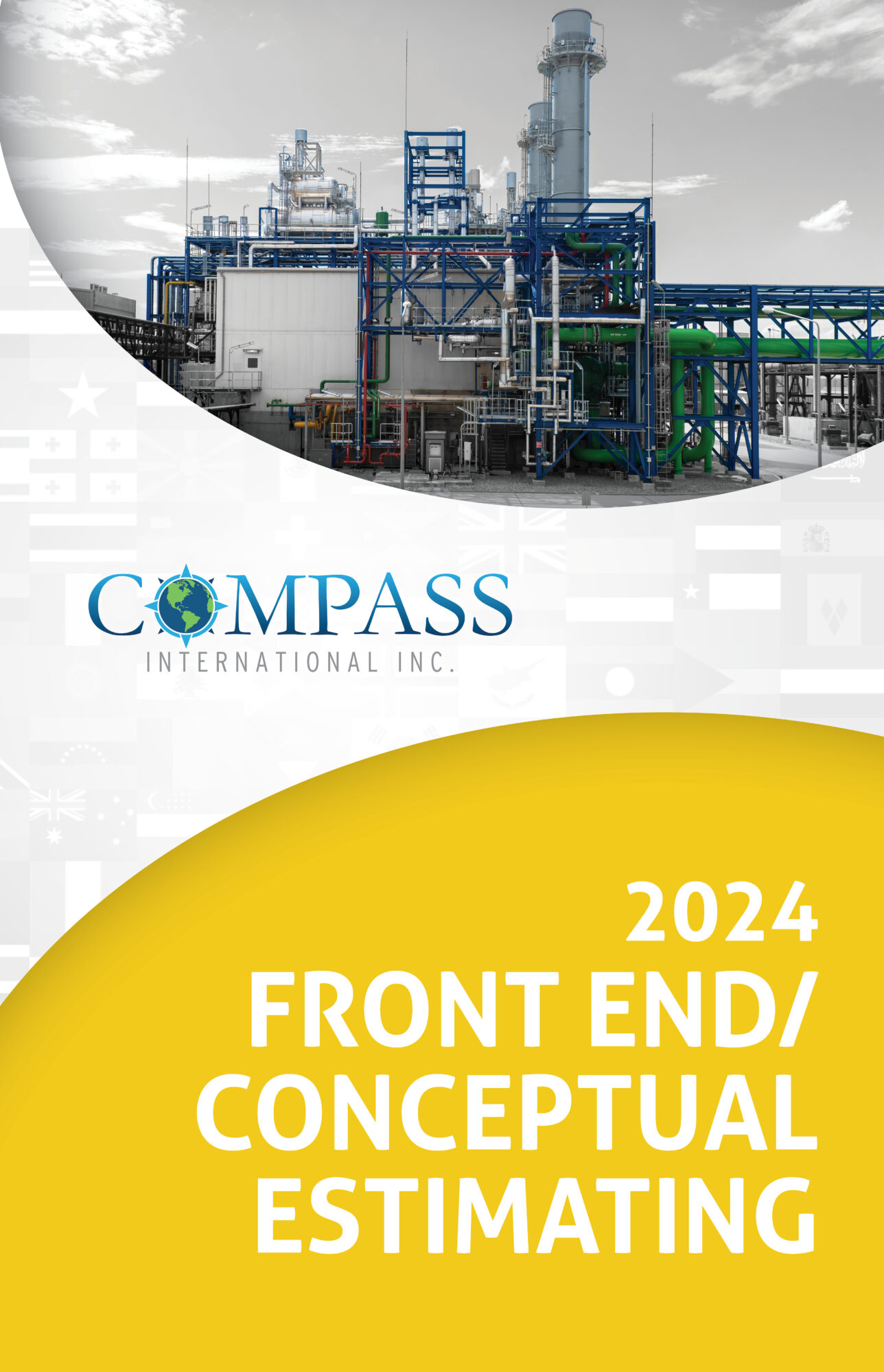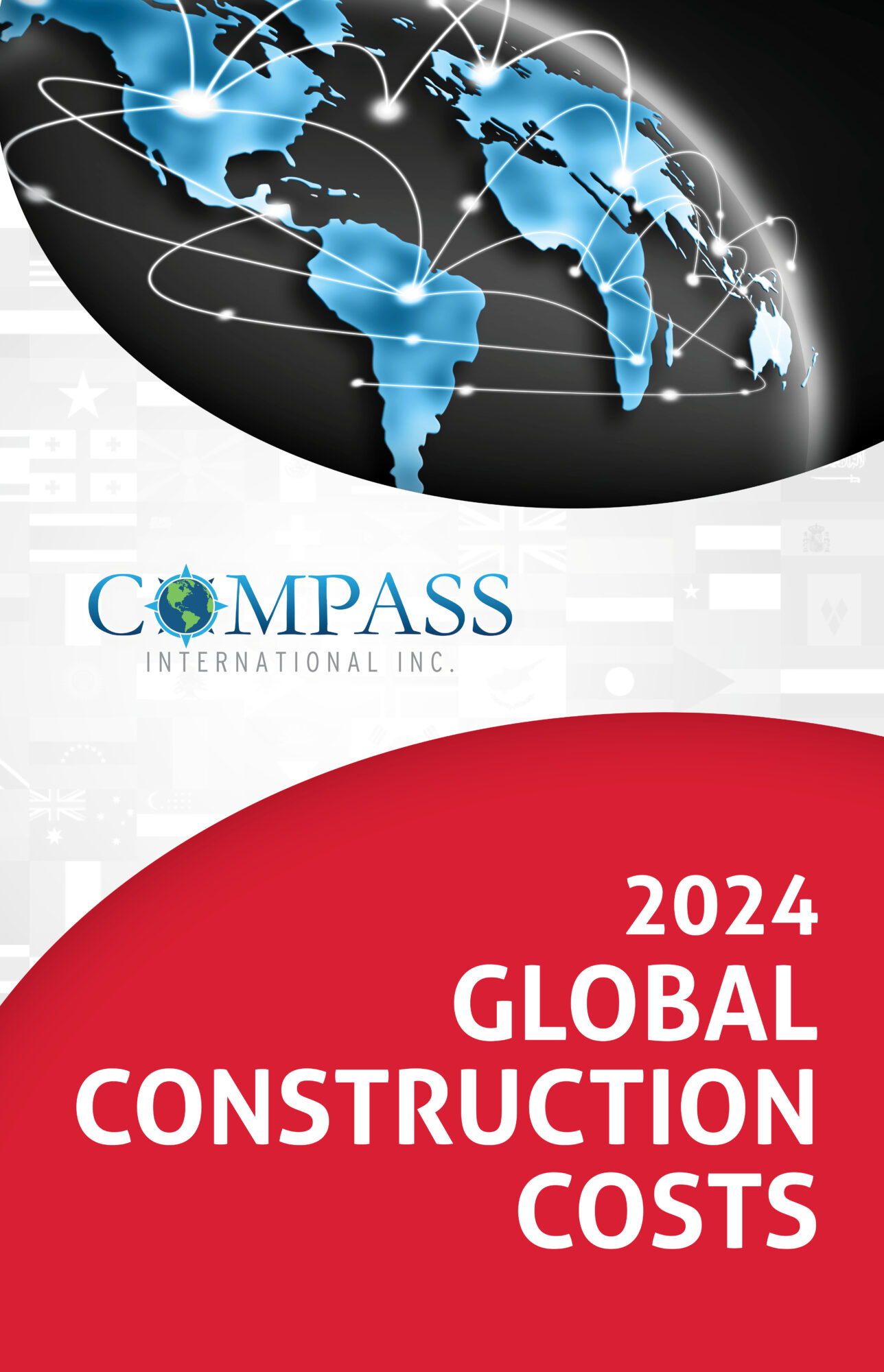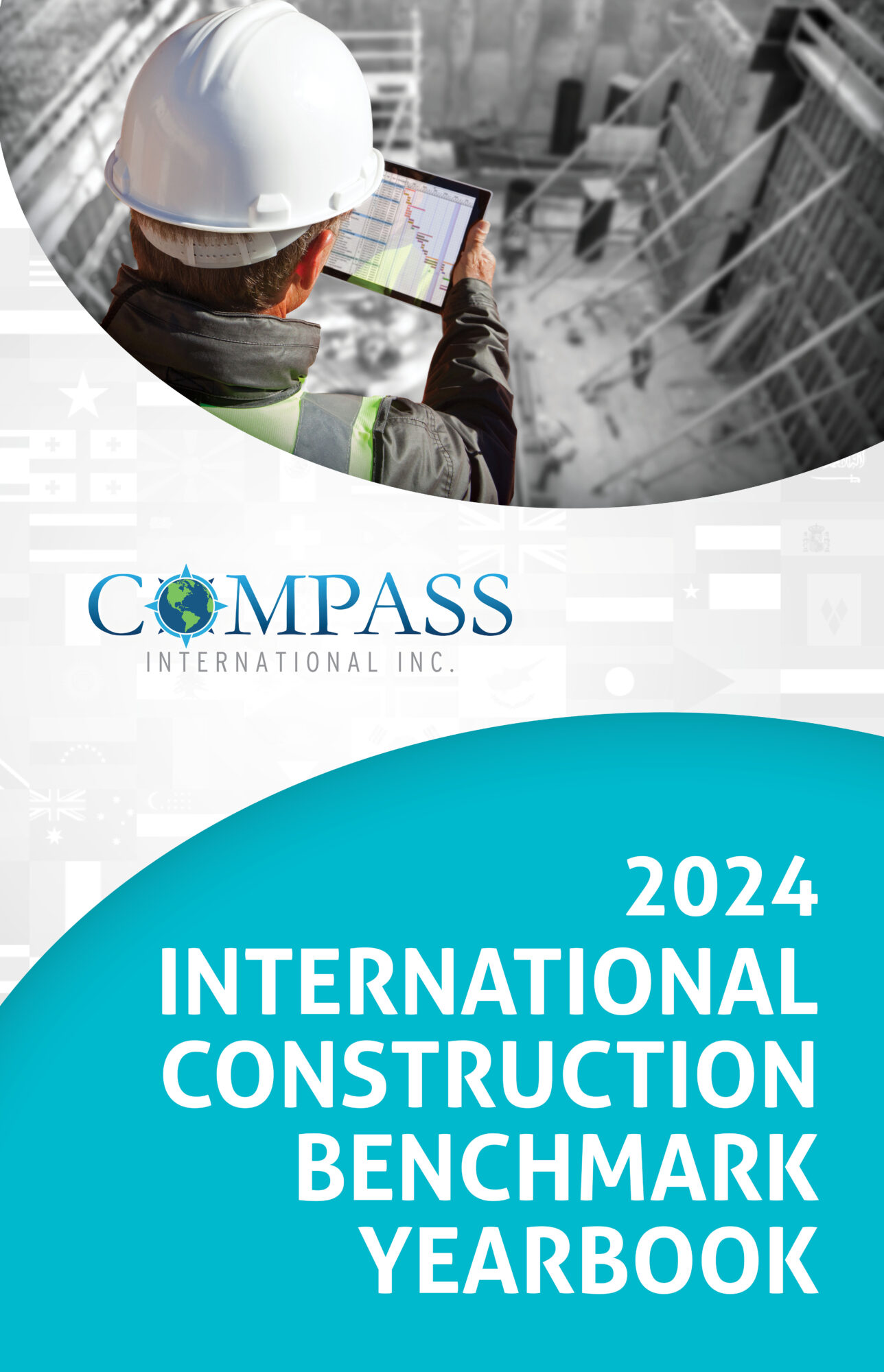Asia
ASIA – Asian countries are projected to see 3.3% to 4.8% GDP growth in the 2nd Q of 2024:
India’s construction sector has been growing at a record pace in the last 5 years. India is set to become the 3rd largest Construction Market by 2026 only trailing the USA and China, will we see India overtake China in the next decade, stay tuned.
The Indian construction industry is forecast to be in the $0.7 to $0.8 trillion range by the end of 2024. Construction is close to 11.5% of India’s GDP and one of India’s major industries.
India’s construction industry has performed a crucial role in India’s increasing world status and economic growth, the Indian construction sector is a huge employer, employing 10’s of millions of construction workers. Look for this growth to continue in 2024 and beyond. India’s infrastructure sector is primed for significant growth, infrastructure projects related to roads, bridges, ports and the like are in the planning pipeline and forecast to cost more than $500 billion and are expected to be completed in the next 18 to 24 months.
India’s GDP growth rate is forecast to be in the 7.6% to 7.9% range in 2024 ahead of all major countries and perhaps double that of its rival China. India has overtaken China as the world’s most populated country in 2023, with a population of 1.425 billion.
India is experiencing a construction boom and is forecast to see annual growth in its construction sector of 8% to 11% in 2024 and 2025. Ten years ago, the majority of major US & European industrial / manufacturing companies were directing their CAPEX capital investments into China. However, with all the recent political posturing, territorial disputes & COVID related shutdown issues, China has experienced a slowdown in capital investment. We are seeing more US & Western European capital investment shifting into India. India is now viewed as the place to build new manufacturing / production facilities. The military standoff between India and China in the northern Himalayan region is tenuous and threatening, with troops positioned in close proximity to each other, both countries are claiming sovereignty of the disputed border area.
The Chinese construction industry is forecast to see GDP growth of 4.2% to 4.8% in the 2nd Q of 2024. China’s Governments 14th 5 Year plan calls for domestic investment in Transportation, Infrastructure, Energy and Urbanization projects. The halcyon growth rates that we saw 5 or more years back are perhaps in the rear view mirror now as we move further into 2024. China’s inflation rate is currently 1.1% to 1.4% and unemployment is between 4.9% and 5.4%.
Indonesia has commenced construction on its new futuristic capital “Nusantara.” President Widodo proclaimed that Jakarta, the current overcrowded, unhealthy and polluted capital which is predisposed to earthquakes, flooding and is steadily submerging below sea level would be withdrawn as Indonesia official capital city. The new capital 1,300km (800 miles) away from Jakarta on the island of Borneo. Thousands of construction workers are currently installing utilities, roads and temporary worker camps. Construction of this new capital will take at least 5 years or more and will cost more than $10 billion.
Japan’s construction industry for the sixth year continues to experience slow or minimal growth in its civil / infrastructure, home building, commercial, institutional and industrial sectors, perhaps mirroring Japans steadily declining and aged population. Japan’s construction industry is forecast to grow by 1.5% to 2.5% in 2024 very similar to previous years.
The Japanese construction sector is estimated to be $610 billion in 2024 or close to 8% of the country’s GDP.
Some Asian nations such as India, Bangladesh, Malaysia, Sri Lanka, Indonesia, Singapore, Pakistan, Philippines, Thailand, Vietnam and Laos have a huge need for new highways, bridges and other transport and power related projects.





